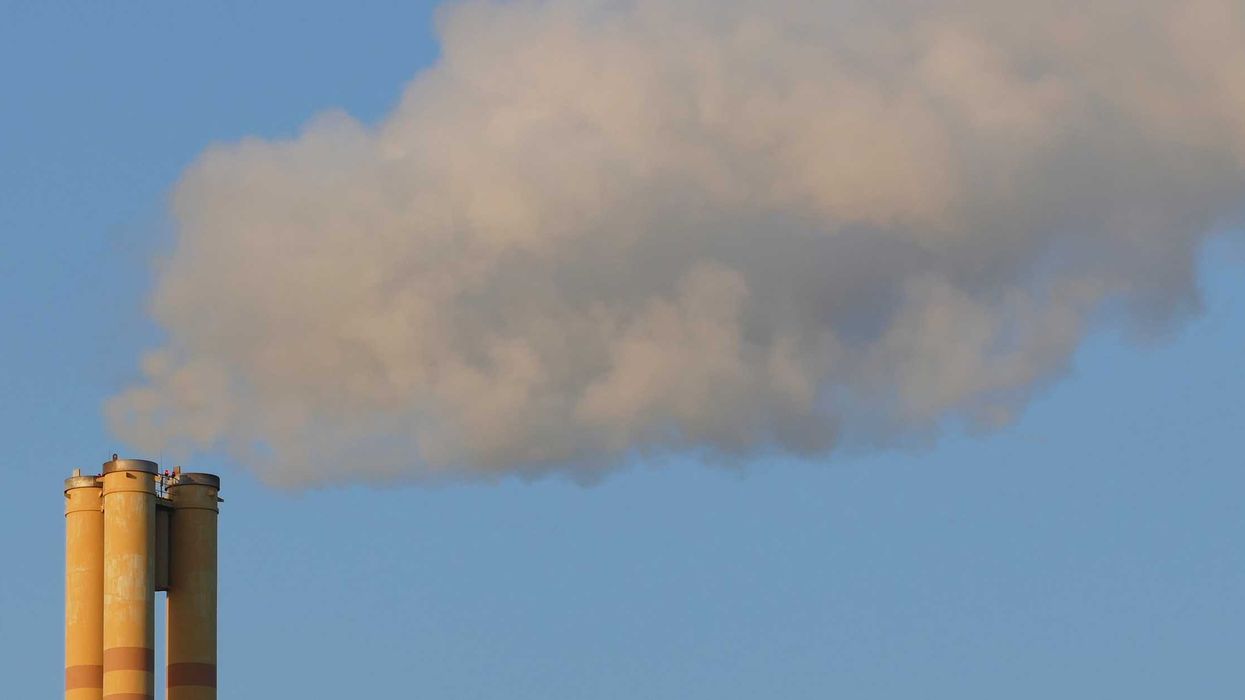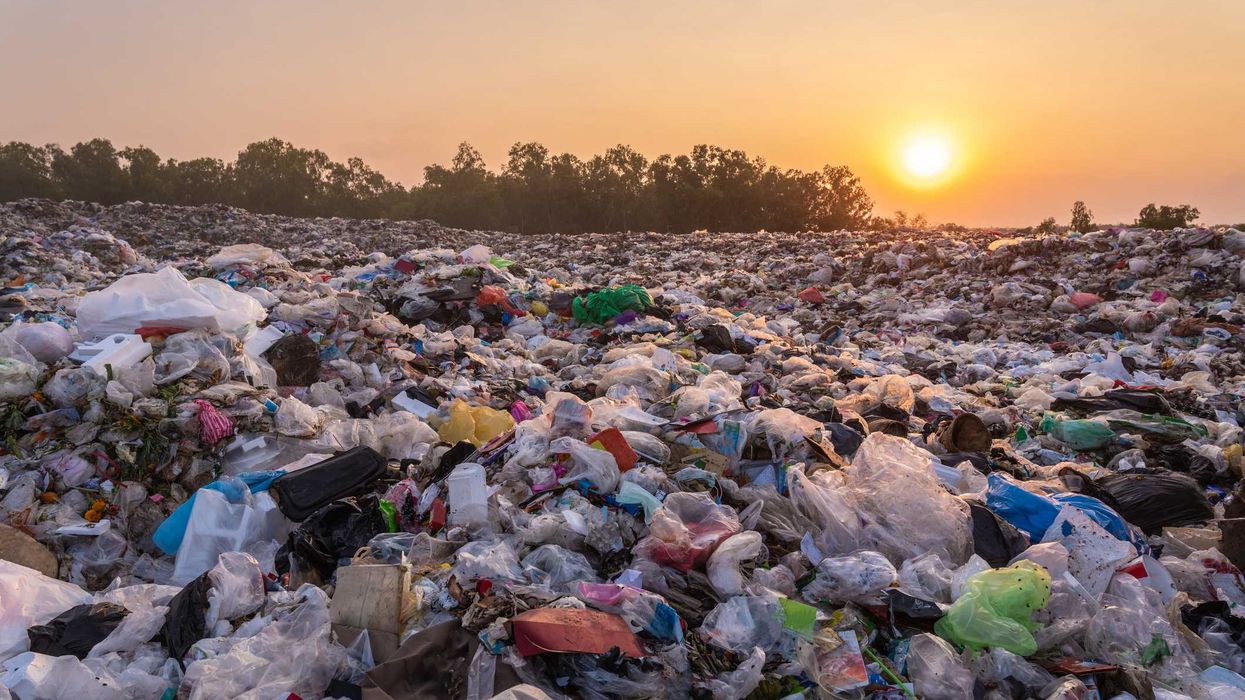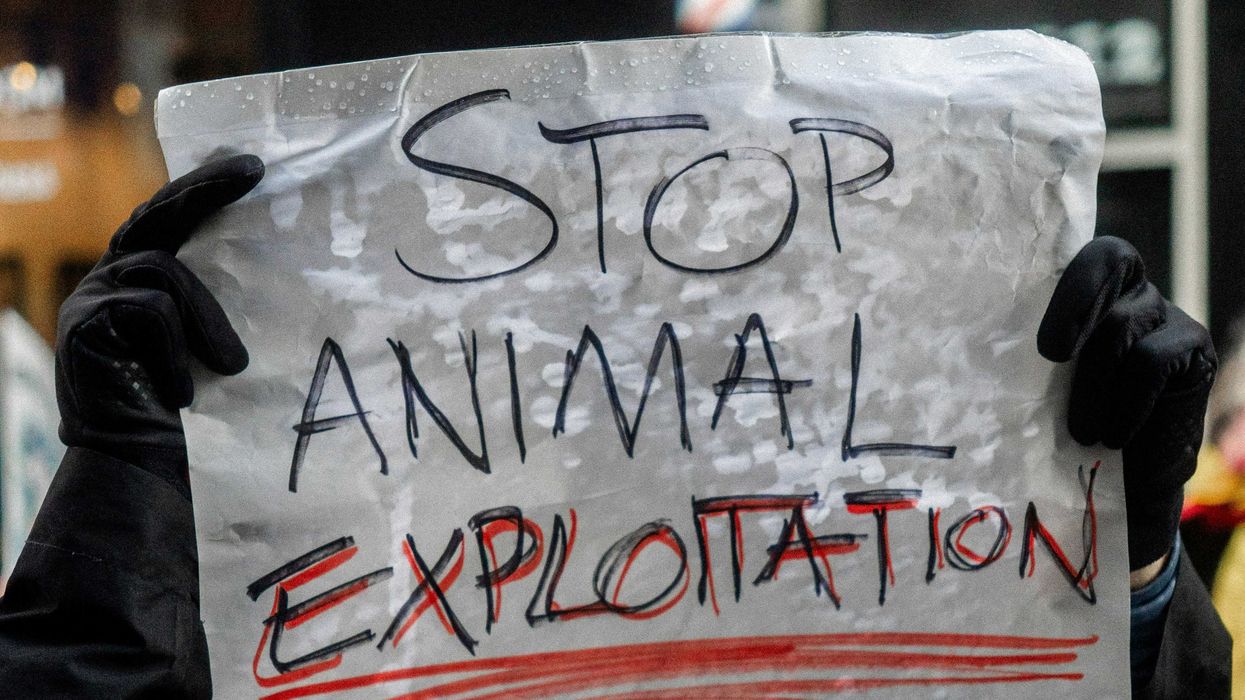California has taken another step away from fossil fuels. For the first time in decades, the state will no longer buy electricity produced from coal, ending a long-standing reliance on out-of-state power plants such as the Intermountain facility in Utah. The move is both symbolic and practical. It confirms that California’s grid, one of the largest in the world, has officially cut ties with the dirtiest source of energy still used in the United States.
The Intermountain Power Plant once sent electricity hundreds of miles through transmission lines that connected Utah’s coal fields with Los Angeles. That arrangement allowed California to meet part of its growing energy demand without technically burning coal at home. Now that contract has expired, and the plant itself is being converted to operate on natural gas and hydrogen. California officials say the end of coal imports is a turning point in the state’s decades-long effort to cut emissions and accelerate renewable energy.
Today, more than 60 percent of California’s electricity comes from clean sources such as solar, wind, and hydro. Battery storage systems are expanding across the state, making it possible to store solar energy during the day and use it at night. Yet the transition is not complete. California still depends on natural gas to fill supply gaps, and heat waves or wildfires can strain the system. Lawmakers are also debating Senate Bill 540, which would create a regional Western power market. Supporters say the measure would help stabilize prices and integrate renewables, but some environmental advocates worry it might allow coal and gas power from other states to flow back into California through energy trading.
For many Latino and working-class communities, the shift away from coal is personal. These neighborhoods have long lived closest to the industrial sites and power plants that emit pollution linked to asthma, heart disease, and premature death. The end of coal imports is expected to bring measurable health gains, especially in areas near ports and transportation corridors where the cumulative effect of dirty energy has been felt for generations.
Pedro Hernández, California Program Manager for GreenLatinos, welcomes the change but warns that eliminating coal is only one step. “California’s phaseout of coal-generated electricity has produced some tangible benefits, but the state’s energy portfolio remains far from clean,” he explains in an interview with Latino News Network. “To build on this progress, California must continue transitioning away from other sources of dirty energy such as diesel and biomass incineration facilities, which are disproportionately located in Latino communities.”
He points out that the state must also confront new air pollution threats made worse by climate change, including smoke from wildfires that now last longer and spread farther. “We have to accelerate the transition of vehicles away from fossil fuels,” Hernández says, adding that transportation emissions remain one of the biggest health burdens for Latino families living near freeways or logistics centers.
California’s clean energy shift also raises questions about equity. Solar farms and battery plants are creating new jobs, but many former fossil fuel workers do not have access to training programs that would allow them to move into these sectors. Hernández believes the state must ensure that the infrastructure needed for a clean energy future reaches every community. “While focusing on energy generation is essential, we must also ensure that the necessary supporting infrastructure is in place so Latino households can equitably benefit from a clean energy future,” he says.
That means modernizing electrical wiring, upgrading residential infrastructure, and helping families retrofit old homes to safely install rooftop solar systems. “Many of the most vulnerable Latino families live in formerly redlined communities or substandard housing, where affordable retrofits are needed to protect them from electrical hazards and ensure their homes are ready for rooftop solar installations,” Hernández explains.
He also stresses that clean energy projects must be planned responsibly to avoid harming the very environments they aim to protect. “The next priorities should include responsibly siting clean energy projects and battery storage in locations that do not further degrade the environment or the ecosystems Latinos rely on for carbon sequestration and clean water,” Hernández says. He adds that too often, clean energy development has been framed as incompatible with wildlife and habitat protection, even though Latino communities consistently support both causes.
Economic access remains another challenge. GreenLatinos argues that long-term subsidies and grant programs are essential to help families participate in the transition without going into debt. For many low-income residents, the upfront cost of solar panels or electric appliances remains a barrier, even as the long-term savings are clear. “We need to make sure these benefits are not only available to those who can already afford them,” Hernández says.
California’s decision to stop importing coal power marks real progress, but it also highlights the complexity of building an energy system that is clean, reliable, and fair. The state has set ambitious climate goals, yet achieving them will require more than technology. It will take political will, community engagement, and sustained investment to ensure that Latino neighborhoods, which have long carried the costs of pollution, now share fully in the benefits of clean energy.
For Hernández, the message is clear. California’s transition must be measured not only in megawatts but in lives improved. “If we can create cleaner air, safer homes, and stable jobs in communities that have been left behind for too long, then this shift will truly be a success,” he says.
California’s clean energy shift: how ending coal power impacts Latino communities was first published on California Latino News and was republished with permission.
Alex Segura is a bilingual, multiple-platform journalist based in Southern California.





















